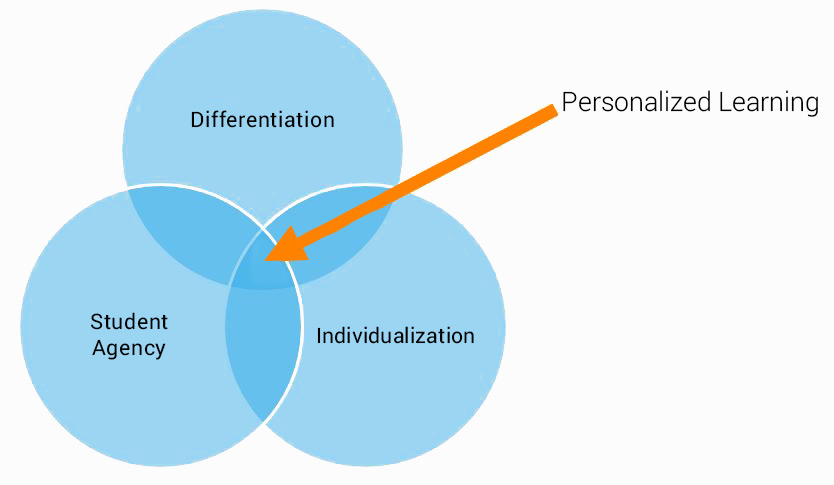Our mission
To accelerate learning for all children and adults of all ability levels and ethnic and social backgrounds worldwide.
Connect with us
Noteworthy


Renaissance recognized for innovation
Renaissance ranks #24 on Fast Company’s 100 Best Places to Work for Innovators List, honoring our commitment to creating impactful solutions to empower educators.
Learn more